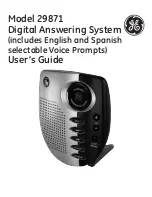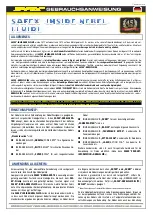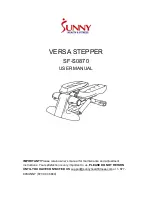Summary of Contents for Sewist 740DC
Page 1: ...Instruction Book Sewist 740DC ...
Page 2: ......
Page 12: ...10 r Needle up down button Press the needle up down button to bring the needle up or down r ...
Page 65: ...63 Stitch Chart ...
Page 67: ......
Page 68: ...814 800 005 EN ...



































